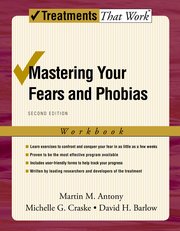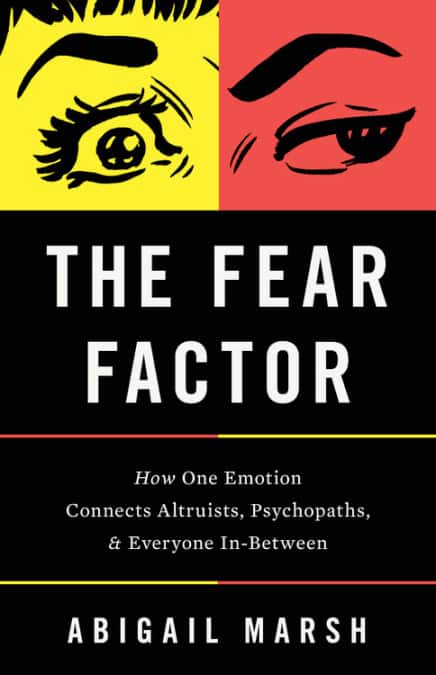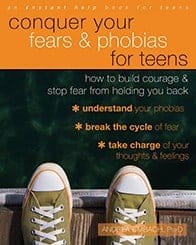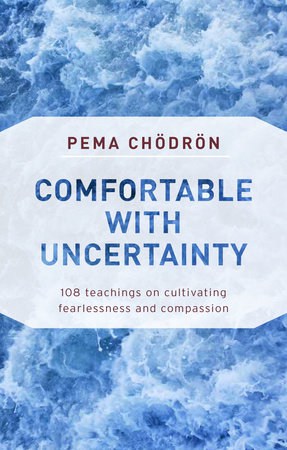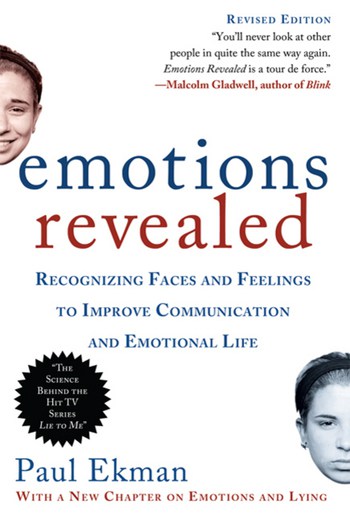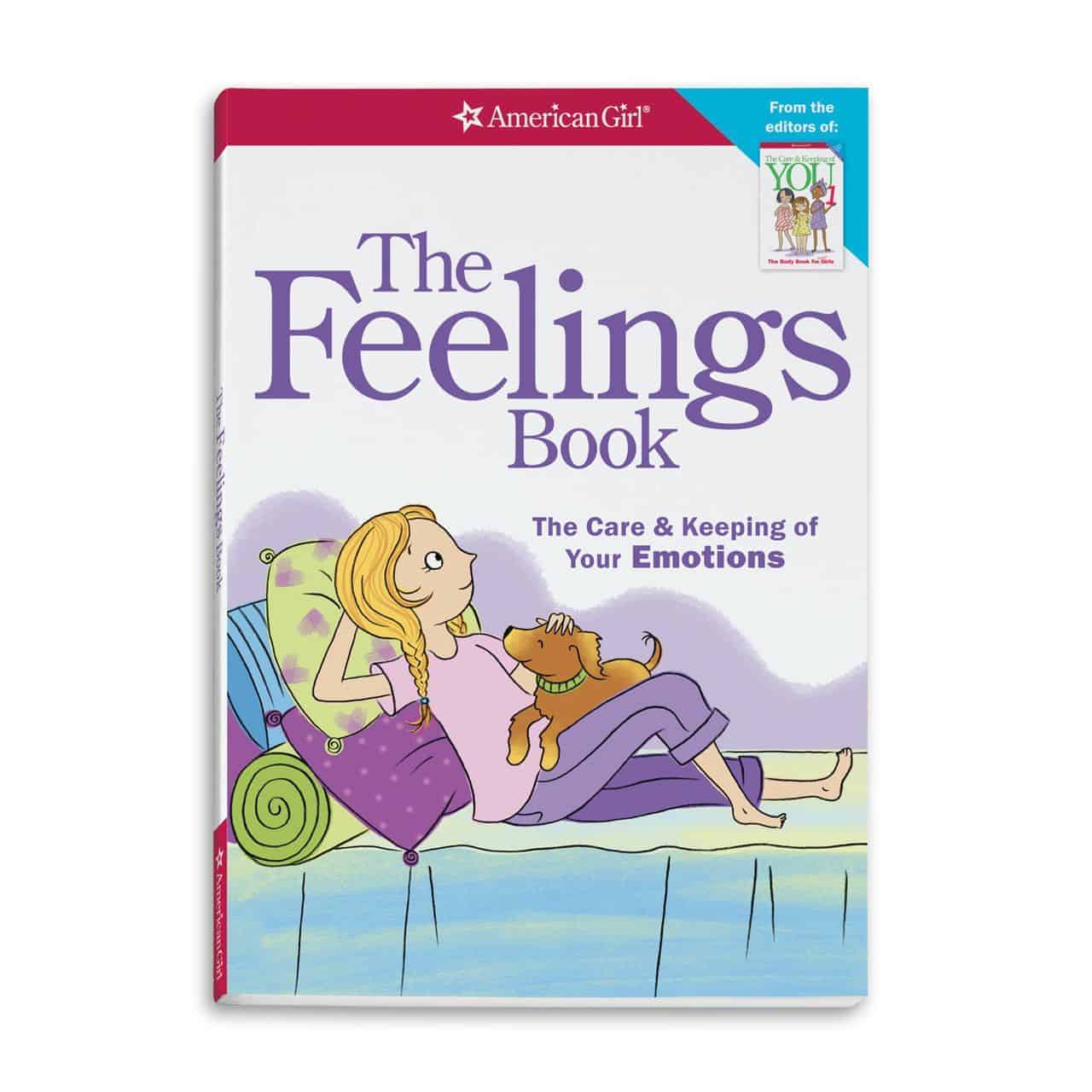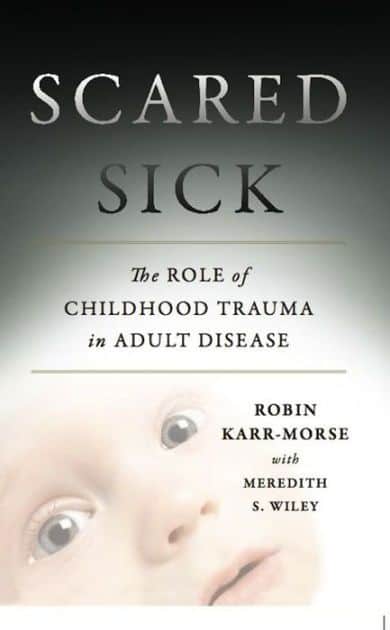Emotions
On Fear
THC Editorial Team May 3, 2021

Contents
- Overview
- Fear Triggers
- Differences Between Fears and Phobias
- The Neurological Basis of Fear
- Fear and Emotional Regulation
What Is Fear?
Fear, a human emotion prompted by distress, involves somatic and affective responses to physical, emotional, and real or imagined psychological threats. Some psychological fears are related to uncertainty, failure, pain, criticism, death, and mistakes. Common physical catalysts of fear include needles, insects, heights, thunder, flight, and snakes. Fear can range in intensity from trepidation, nervousness, and anxiety to panic, horror, and terror.1
As one of the universal emotions outlined by American psychologist Paul Ekman, fear is normal and extremely common.1 People often experience fear in response to alarming situations. However, if someone’s fear is excessive and persistent, a doctor may recommend seeking professional assistance to determine whether the fear indicates an underlying anxiety disorder such as a phobia.
Evolutionary Origin of Fear
As a product of natural selection, fear performs an essential evolutionary role: Both humans and animals are genetically predisposed to fear harmful objects or situations. Fear allows people to evade physical and emotional harm, and it reinforces avoidance behavior over time.2
Evolution has continuously selected humans and animals that exhibit appropriate fear responses. Fear enables people and animals to reproduce and to avoid life-threatening situations associated with other humans, predators, dangerous weather, social exclusion, loss of social status, and other hazards.3,4,5
Fear Triggers
Some common triggers of fear include the following:6,7
- heights or flying
- snakes, insects, and other animals
- death
- darkness
- social interaction
- public speaking
Fears can be either innate or acquired:6,7,8
- Innate fears are considered “learning-independent.” This means that the feared object or situation is not conditioned or learned. This type of fear has evolutionary roots and usually occurs in response to something that could have harmed our ancestors, such as snakes, spiders, cliffs, and dangerous environmental conditions.
- Acquired fears are considered “learning-dependent.” This means that fears are learned through experience or observation. Such fears can be conditioned when a neutral stimulus, such as an event, person, or object, is paired with something that produces fear. For example, if someone is mugged in a dark alley, they may learn to avoid such alleys in the future.
Differences Between Fears and Phobias
Fears are natural, functional emotions that all humans experience. Fears help people protect themselves and evade harm. They can be managed and are usually based on reason and logic.8 Low to moderate fear responses are not dysfunctional.
In contrast, phobias are intense, persistent, and often irrational feelings that impede a person’s ability to function normally and may dampen their quality of life. Phobias elicit a more extreme reaction, and individuals may even develop a fear of the fear itself.9
According to the American Psychiatric Association’s Diagnostic and Statistical Manual of Mental Disorders (5th edition; DSM-5), the three major types of phobia include specific phobia, social phobia, and agoraphobia.
Individuals with specific phobias exhibit extreme fear of certain objects, situations, activities, or people. Exposure to the object of the phobia can provoke intense anxiety and, in some cases, panic attacks. Examples of specific phobias include snakes, spiders, blood, loud sounds, clowns, and flying.
Individuals with social phobia, also known as social anxiety disorder, experience intense, irrational anxiety and fear of embarrassment in social situations. In particular, they fear negative judgment, rejection, and humiliation.
Individuals with agoraphobia experience intense fear of having panic attacks in embarrassing or inescapable scenarios. People who have agoraphobia can experience extreme difficulty leaving their homes and may avoid crowded public areas.10
How Fear Manifests Physically and Emotionally
A common physical response to fear includes the fight-or-flight phenomenon. This automatic physiological reaction prepares people to either face a threat or quickly avoid it. Related physical reactions may include chest pain, dry mouth, nausea, shortness of breath, increased heart rate, high adrenaline levels, sweating, and an upset stomach.11,12,13
Humans exhibit various emotional reactions to fear, such as feeling overwhelmed, out of control, or anxious.1
The Neurological Basis of Fear
Both the physical and emotional responses that fear elicits originate from neural reactivity. The fear response begins in the amygdala, a portion of the temporal lobe that modulates fear, regulates perceptual resources, and helps people detect the degree to which an object or event seems noteworthy or threatening.14,15 In addition, the hippocampus and prefrontal cortex, regions of the brain that involve higher-level processing, help people interpret the reality and severity of threats and recall previous encounters with specific stimuli.16,17
For example, if someone encountered a known predator, their amygdala would activate, release stress hormones, and prime their body to react quickly—to fight or to run away.
How to Self-Regulate Fear
Using Ivan Pavlov’s foundational research on fear conditioning, researchers have developed four emotion regulation techniques—also considered fear models—to control fear: extinction, cognitive regulation, active coping, and reconsolidation.18,19,20,21
- Extinction is an “unlearning” process that involves repeated exposure to a feared stimulus in the absence of danger or of the conditions that caused the initial fear. As the process progresses, the stimulus that indicated danger in the past begins to indicate safety, and the fear is controlled. For instance, if someone experienced a bad car accident and developed a fear of being in cars, the person might sit in a parked car repeatedly until, over time, their fear lessened and their emotional control increased.
- Cognitive regulation involves altering thought processes in order to alter emotions. Cognitive regulation techniques require an individual to actively engage with and reappraise the significance of an event in order to alter their emotional response to it. For example, if a person fears needles, they might try to reassess the threat level or significance of having their blood drawn. They could repeat particular affirmations aloud, such as “No one has ever been injured by having blood drawn” or “Drawing blood only lasts a few minutes.” Such statements normalize an action that involves needles by making it appear more neutral or manageable and may help the person regulate their fear.
- Active coping involves actively reducing exposure to fear-inducing stimuli. This common technique involves realizing that a situation, object, or event creates fear and then reinforcing behavior to diminish it. Research suggests that using active avoidance behaviors or engaging in coping strategies can reduce fear.21 For example, if someone feared being in the ocean, they could choose to avoid it entirely and remain on shore.
- Reconsolidation involves reengaging with a previously stable, or consolidated, memory in a way that makes it more prone to change. When someone recalls a memory, a second consolidation period—also called reconsolidation—is required. During this process, an opportunity to disrupt the initial memory arises, and the person may reframe the memory in more positive or less fearful ways. Individuals can also combine extinction training with memory reconsolidation to alter fear-related memories. For example, someone who feared spiders could recall an associated traumatic memory and then immediately view photographs of nonthreatening spiders. During the process, the fear associated with the original memory might be disrupted or even lessened.
Other General Emotion-Regulation Techniques
Alternate ways to practice general emotion regulation may also be used when people experience fear. These techniques include the following:
- exercising
- practicing mindfulness
- implementing problem-solving
- pursuing therapy
Efficacy of General Emotion-Regulation Techniques
In 2019, a group of researchers from China, Spain, Italy, and India investigated the relationship between exercise, specifically aerobic jogging and mindfulness-based yoga, and the ability to regulate emotions. They conducted an 8-week study in which 60 participants were randomly assigned to a mind-body intervention group or to a control group. Participants then completed scales to measure their mindfulness and performed tasks to measure their emotion regulation. Researchers found that participants in the intervention group exhibited greater ability to regulate emotions. On average, those participants were able to reduce their negative emotions while responding to negative images more than participants in the control group. The researchers suggested that aerobic exercise mediated the intervention’s effect on implicit emotion regulation ability; they found that improved aerobic fitness could result in structural and functional changes to regions of the brain (i.e., prefrontal and parietal cortices) that are involved in emotion regulation and cognitive control.22
To better understand the role of mindfulness in facilitating emotion regulation, another group of researchers randomly assigned 72 participants to perform mindfulness, distraction, or rumination exercises. Researchers used the Implicit Positive and Negative Affect Test, which measures people’s moods when they are unaware of being assessed, to measure participants’ implicit mood changes. Researchers used the Positive and Negative Affect Schedule, which measures people’s moods when they are aware of being monitored, to measure participants’ explicit mood changes. The researchers found that participants in the mindfulness group experienced the highest consistency between their implicit and explicit moods, and were better able to regulate their emotions. They suggested this occurred because individuals adopt more accepting attitudes in mindful states, and such attitudes prevent people from engaging in dysfunctional emotion-regulation strategies.
These studies suggest that exercise and mindfulness can significantly help people regulate negative emotions and, in turn, alleviate sadness. They may also help people alleviate fear. Regardless, engaging in healthy coping strategies is always an excellent first step in addressing negative emotions.













